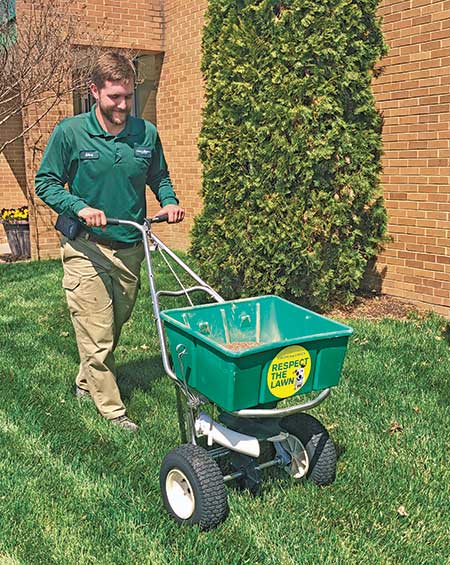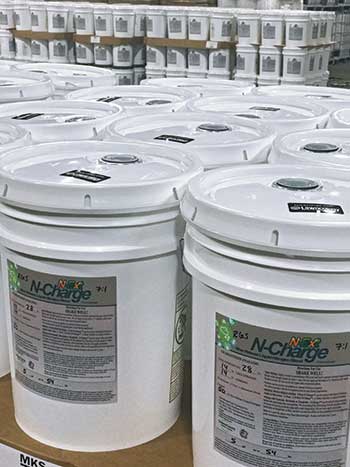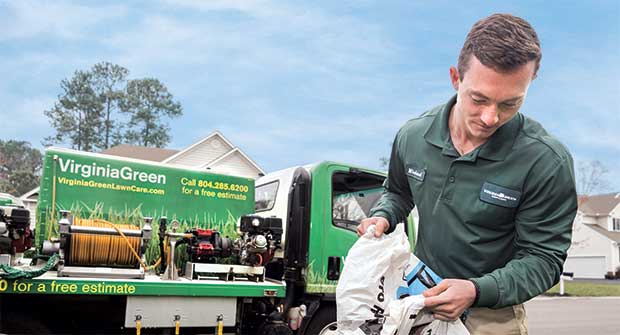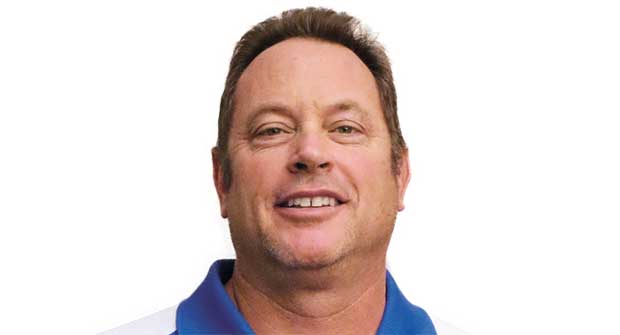
About five years ago, Jim Beveridge sat in front of his fireplace scrolling through Facebook in search of groups he could join to learn, grow and have people to talk to about the green industry. Not finding many groups to join, his wife, Judy Beveridge, gave him the idea to start a group of his own.
“It’s basically a group that I wanted to start so people could help each other,” says Beveridge, who is also the owner of Yards Done Right in Westlake, Ohio. “We get such a big audience from social media because it is the new way for people to communicate.
We have members from all over the country and Canada in our group right now.”
Since that time, others created similar green industry groups on social media as a way for industry professionals to connect and seek answers from one another.
LM decided to take this spirit of learning one step further by culling these groups for some of the most common questions and concerns plaguing turf and ornamental professionals and then consulting with our own network of industry experts to weigh in with their professional advice.
1. What’s in a custom blend?
Alan Thompson
Owner, Superior Green, Durham, N.C.
[Shared in Professional Lawn Care Applicators group]
“Is anyone out there working with a fertilizer manufacturer in getting fertilizer custom blended? I have a fertilizer manufacturing company about 30 minutes away that will let you blend fertilizer if you want more than a ton at a time. So, you can get whatever analysis you want: urea, XCU, sulfur-coated urea, sulfate or potash. Also, they can add in biosolids as fillers, micronutrients, sulfur, iron, etc. Does anyone do this, and what are your thoughts?”

The ability to ask questions such as the one posted about custom-blended fertilizers has been crucial in the growth of Alan Thompson’s company, Superior Green, a lawn care company in the Durham, N.C., area.
“Everyone that contributed to that post had very positive feedback on the practice of blending our fertilizers,” Thompson says. “It was very helpful to also have side conversations with a few others about how they go about sourcing their fertilizers and other products in the program.”
In addition to pooling information from peers, two of the biggest factors lawn care operators (LCOs) should know when deciding on a custom-blended fertilizer include soil type and its specific needs, according to John Perry, CEO and founder of Greene County Fertilizer Co.
“That way, they can give their customers more than what they’d get just buying something off the rack,” Perry says. “There are certain inputs LCOs want that they can’t get in a typical over-the-counter bag, whether that’s measures of biostimulants, soil amendments, biosolids or an extra carbon source.”
To help determine what a specific lawn may need, Perry recommends zone testing, where a company tests three to five lawns on each route to gain a better idea of what each area in a company’s reach needs.
When it comes to the fertilizer itself, LCOs should pay attention to what’s in each individual bag, according to Tony Goldsby, Ph.D., director of turf and specialty products business for The Andersons.
“At least initially, the upfront individual bag price is what’s driving LCOs’ decisions on product, but for a quickly available low-priced preemergent product or combination product, you’re not always getting the benefits you can from using the higher-end technologies,” he says, noting that many off-the-shelf fertilizers can contain up to 50 percent filler.
On the flip side, custom-blended products allow individual turf managers to build blends that meet their management strategies and needs.
For example, in springtime, Goldsby notes LCOs are trying to balance what they need from a nutritional aspect to get the grass green and growing versus a product that causes excess shoot growth and grass that will need to be mowed more frequently.

“They’re looking to design a program that’s going to maximize their inputs with their outputs,” Goldsby says.
At the end of the day, it never hurts to call or talk to a manufacturer’s rep to address additional questions or concerns, Perry adds.
2. Limited labor
Michael Reed
Owner, Quiet Lawn, Myrtle Beach, S.C.
[Shared in Professional Lawn Care Applicators group]
“Is anyone else that’s trying to hire right now feeling the effects of the brilliant decision by Congress to pay people more money to sit at home on unemployment this summer than to work? I’ve already lost one employee who did the math and figured out he’d rather make $900 sitting at home than $600 working. We went from getting lots of great applications from workers displaced from other industries because of COVID-19 to getting none after they passed the bill.”
For Michael Reed, owner of Quiet Lawn in Myrtle Beach, S.C., posting in the Professional Lawn Care Applicators group was mostly about sharing his frustrations about legislation with other owners in the group.
But, he says, feedback on the post did have an unforeseen upside: It inspired the company to take on more profitable, less labor-intensive services, hire a recruiting agency to help with hiring efforts and invest in other equipment to make crew members’ jobs easier.
For example, the company has recently focused on services like weed control and fertilization and adding exterior pest control because they are more profitable, require less labor and are generally easier than mowing and landscaping, Reed says. To perform those services, the company uses a 200-gallon electric skid sprayer. In the future, the company hopes to upgrade to a ride-on spreader-sprayer.
Reed is far from the only one in the green industry to struggle with labor. In fact, in Landscape Management’s 2020 Industry Pulse survey, 45 percent of respondents said labor was their No. 1 concern.
For Gil Grattan, president of Virginia Green, a lawn care company with six locations and 238 associates in Virginia that performs mostly residential work, the challenge is hiring.
“At the federal and state level, the $900 a week made it hard to hire people,” he says. “We’re really trying to pick up our game on the recruitment side of things. It’s gotten more challenging, but we’re doing everything we can to try and draw attention to ourselves so we can get better quality people.”
The company’s efforts included hiring a recruiter and a human resources director in 2020, using LinkedIn and Indeed and implementing an employee referral and onboarding bonus program.
“We’re paying employees $500 for referrals, and we’re paying new hires a $500 onboarding bonus,” Grattan says. “We’re doing a lot of that type of thing to find people and bring them in.”


